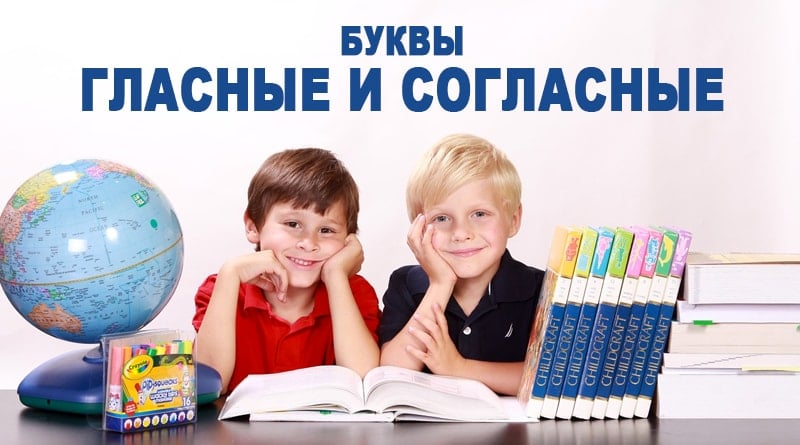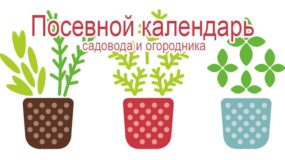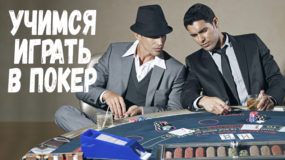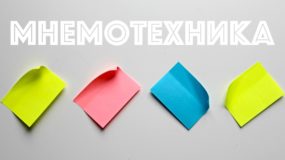The most important part of speech is the words, we pronounce, write and read them, from them we add phrases and sentences. They consist of letters and sounds that have entered our lives so firmly that we hardly notice them.
Letters and sounds are not the same thing, although they are closely related concepts. We write, see and read letters, and pronounce and hear sounds. Letters are graphic written symbols, while sounds are the acoustic component of words and human speech in general. In different words, different sounds sometimes correspond to the same letter.
“In the beginning was the word. Then words, words, words ... " (aut.Vladimir Kolechitsky).
“The word was not given to man for self-satisfaction, but for the embodiment and transmission of that thought, that feeling, that share of truth and inspiration that he possesses, to other people.” (author V. Korolenko).
The study of letters and sounds involved in various sections of language science. Exploring sounds phoneticsand letter characters graphic arts. Spelling letters prerogative spelling.
The combination of letters of any language makes up its alphabet. The letters of the Russian language are divided into consonants, vowels and auxiliary. The auxiliary ones are those that do not carry sound information - a hard and soft sign.
Consonants and sounds of the Russian alphabet
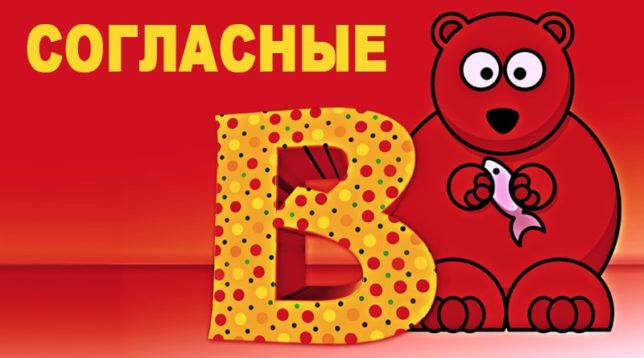
Consonant sounds and letters are characterized by the fact that during their pronunciation on the air path in the oral cavity there is a certain obstacle. As a result of this, the acoustic sound of consonants necessarily contains noise. They got the name “consonants” because they almost always stand next to vowels or in the same word with them.
There are 21 consonants in Russian:
| b | at | g | d | well | s | th |
| to | l | m | n | P | R | from |
| t | f | x | c | h | w | u |
Another characteristic of consonants is that they cannot be chanted. The pronunciation of hissing consonants can be stretched (for example: from, f, w, u), but "singing" will not work.
As noted above, consonants in words almost always coexist with vowels. However, there is a limited number of words that consist only of consonants. Along with prepositions to, from or particle b, these are some foreign names proper (Krch - area of Prague; armenian name Mkrtch, which in Russian is sometimes written with a vowel - for harmony), as well as interjections of the type brr or shh.
Classification of consonants and sounds in Russian is based on acoustic criteria.
Voiced and deaf consonants
Those consonants whose pronunciation consists only of noise are called deaf. In contrast, consonants formed by sound and noise are called voiced.
| Voiced consonants | b | at | g | d | well | s | l | m | n | R |
| Deaf consonants | to | P | from | t | f | x | c | h | w | u |
The letter stands apart th (and brief). By its acoustic sound, it is referred to as voiced consonant, however, its isolated pronunciation is impossible. Letter th can only be pronounced with a previous or subsequent vowel, for example [yy], [s] etc.
Paired and unpaired consonants
Most voiced consonants correspond to certain deaf people. Such letters consonant with each other are called paired. There are consonants who do not have a pair. Among them, there are also deaf and voiced, and they are called unpaired.
| Paired voiced and deaf | Unpaired Voiced | Unpaired deaf |
|---|---|---|
| b - p | l | x |
| in - f | m | c |
| g - to | n | h |
| d - t | R | u |
| w - w | th | |
| s - s |
Soft and hard consonants
The pronunciation of consonants in words can be hard or soft. If the sound is pronounced softly, then the tongue is slightly advanced forward, approaching the upper palate or touching it. When pronouncing solid sounds, the tongue does not move forward (but the tongue may touch the upper palate due to the upward movement).
Most consonants form both hard and soft sounds, but there are some exceptions. In particular, the letters well, c, w always have a solid sound, and the letters th, h, u - soft.
In other cases, the hardness or softness of the consonants is determined by what letter follows them.
If the consonant is followed by letters but, about, at, uh, s, b - then you get a solid sound. The same if the consonant is at the end of the word or after it comes another consonant.
If the consonant is accompanied by letters e, ё, and, Yu, I am, b - then her sound will be soft.
Video lesson
Hissing and whistling consonants
Some of the consonants in Russian pronunciation resemble a hiss. These are the sounds well, w, u, hthat are called hissing consonants.
Another group of consonants when leaving the oral cavity forms acoustic vibrations resembling a whistle. These are the sounds s, from, c - whistling.
Especially noticeable are the properties of hissing and wheezing consonants during their prolonged pronunciation.
One of the important features of these sounds is that it is with their pronunciation that the majority of speech defects are associated. For this reason, work with hissing and whistling consonants should be given special attention in teaching children. It is important to note that speech deficiencies associated with these sounds can be amenable to speech therapy correction.
Vowels of Russian letters and sounds
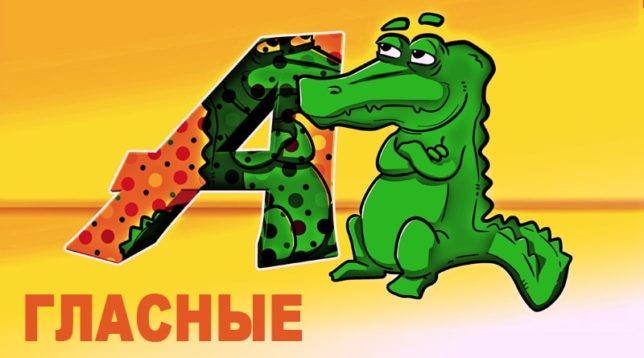
Unlike consonants and letters, a characteristic feature of vowels is that air, when pronounced, passes through the oral cavity freely. As a result, vowel sounds can not only be easily stretched, but also chanted. Another distinguishing feature is that you can pronounce them as loudly as you like, in all the power of your voice.
Through vowels and sounds, consonants are joined in syllables. Each syllable has only one vowel. The number of other letters - consonants, hard and soft characters - may be different. Words can consist of one or more syllables: ros-pis, scrap, the yard, picture.
The number of vowels in Russian is 10:
| but | e | ё | and | about | at | s | uh | Yu | I am |
And there are only 6 vowels: [but], [and], [about], [y], [s], [uh]. The corresponding vowels are monosonic. The remaining 4 vowels are e, ё, Yu, I am - two-voice, and separately pronounced as [ye], [yo], [yu], [ya]. At the same time, in words, these letters mean one sound (examples: squirrel, ball, go, key).
As with consonants, there are a number of Russian words consisting only of vowels. This pronouns - I am, her; unions - and, but; prepositions - at, about; interjection - uh, ay.
Shock and Unstressed Vowels
In words, vowels can be stressed and unstressed.
- If a vowel in a word is stressed, it is read more clearly, with a large accent and a little more lingering.
- In the absence of stress, vowels in words are read less clearly. Accordingly, the unstressed position is a weak position for them, and the position in the stressed syllable is a strong position.
As a rule, in traditional writing, stresses in words are not noted. If necessary, they are indicated by the sign “acute” - a small “/” stroke above the vowel.
Video lesson
Sound designations for phonetic parsing
Phonetic or sound analysis of a word serves to display and parse its correct pronunciation. Both words and individual letters can be phonetically indicated.
Sound designations, unlike letters, are enclosed in square brackets. A graphic record of the pronunciation of a word is called transcription.
The basic rules according to which sounds are indicated during phonetic analysis of a word are as follows:
- The hardness of the consonants does not have any designation, but softness is displayed by an apostrophe sign. For example, if [b] - solid sound then [b ’] - soft.
- A long sound in transcription is indicated by a colon, for example: cashier — [cas: a].
- Not always, but often in the transcription of words, emphasis is placed. For example: wave — [boulder].
- The soft sign and the hard sign have no sound pronunciation, therefore, there is no display during phonetic analysis.
Video lesson
How to teach children to distinguish between hard and soft sounds
Sometimes children may have difficulty distinguishing between hard and soft consonants. In this case, there are some tricks that facilitate the understanding of the topic.
First of all, you need to explain to the child that the concepts of hardness and softness do not refer to consonants, but to their sounds. And that one and the same letter can sound both firmly and softly. I will give an example: "b"- the words ram - white,"R"- work - belt,"l"- the horse is a swan.
Explaining the exception letters, for better memorization, it is recommended to write them like this:
- th, h, u
- well, w, c
It is necessary to make it clear to the child that the underlined letters seem to “sit on the pillows” - the pillows are soft and the letters are also soft.
In order for the child to remember well before which vowels the letter becomes hard or soft, you can use the following technique: first, with a serious expression on your face, read the syllable with a strong consonant - and then, with a smile on your face, read another syllable where this consonant is soft. Then, do the same with other letters and syllables. For example: la – a la, mu – mi, zo – sow, bo – boo, fish – ryo etc. Soft pronunciation in a child is well associated with a smile, and hard pronunciation with seriousness and severity, which allows you to associatively remember the material.
Gradually, you need to improve your skills, and do the same exercises with simple words, such as: Mama, dadbut - uncle, aunt etc. As you memorize, you should move from simple words to more complex ones. Explanations and exercises must be gradually alternated with tasks: write words, and then ask which consonants are hard and which are soft.
You can suggest another exercise: make tablets with words in which soft consonants are written in one color, and hard ones in another. For example:
- NABOUTFROMANDTO
- TOABOUTATЁR
- HANDSLABOUT
- TЁSubSTh
There are many options, but it is advisable to choose among them those that the child likes best. This contributes to a better perception of the material, its memorization and practical assimilation.
Video lesson
Some interesting and useful information.
- Sounds and words can be formed without human intervention. A well-known example is the pronunciation of words by birds of the parrot family. As for individual sounds, they can also appear in inanimate nature - with the rustling of leaves, gusts of wind, the splashing of waves. This cannot be said about letters - after all, only meaningful spelling can be recognized as a letter designation, and this is characteristic only of people.
- Despite the small number of words consisting only of vowels, from them you can make a sentence: "Uh, and me?"
- Almost all words of the Russian language containing the letter "f", Have a foreign language origin. Only with respect to rare words (for example: eagle owl) is Russian origin supposed, but it is definitely not proven.
- All words starting with the letter "th", Also foreign speakers. For example: iodine, yogurt, iota, Yemen, Yokohama, Yorkshire, etc.
- Letter "ё"In words almost always bears stress. There are very few exceptions to this rule - these are words of foreign origin (königsberg surfers), as well as complex words, which contain the numerals of three or four - (twenty-three, four-door, three thousandth)It should also be noted those rare situations when in one word there are two letters “ё”, One of which becomes shock, and the other - unstressed (three star, four-wheeled, aircraft lift, three ruble).
- The Russian language has many words with unusual letter combinations. For example, words in which the same vowel is repeated three times in a row: serpent eater, zoo association, long necked. Word with 7 consonants in a row: counter meeting (perhaps, occasionalism) Words with three soft characters: seductiveness, diminutiveness, multifunctionality, seductiveness etc. A word with two soft and one hard sign: courier. A monosyllabic word of 8 letters: in passing. There are many other interesting examples.
- Any letter has a certain repetition rate, the most used letters in Russian - about, e, but, and, t, n, from, R. This phenomenon is used to recognize cipher programs.
Knowledge of letters and sounds, their spelling and pronunciation is the basis of language literacy. In turn, good command of spoken and written language is one of the indicators of human erudition, and reading and understanding of the text are the basis for learning other sciences. After all, the lion's share of information in the modern world is comprehended by reading or listening, and only a small part of it is through personal experience.
In addition, linguistic speech, which forms the second signaling system, as well as everything connected with it - auditory perception, reading, writing - are one of the main differences between a person and an animal. It is difficult to overestimate the importance of the phenomena based on the mastery of the language. This process lasts almost all my life, but it begins with acquaintance with letters, sounds and syllables in early childhood.

